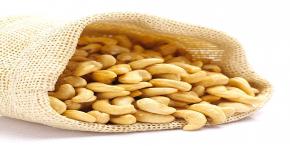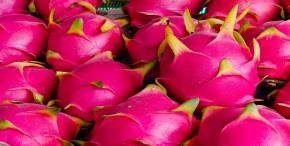Product
Coconut Coir
First, we need to understand what coconut coir actually is.

In the past, when coconuts were harvested for their delicious meat and juice, the coconut husk was considered a waste product. All of the material from the husk to the inner shell of the coconut was a discard product...until people realized it had many applications in gardening and home products. Everything in between the shell and the outer coating of the coconut seed is considered coco coir. There are two types of fibers that make up coir: brown and white.
Brown coir comes from mature, ripe coconuts and is a lot stronger, but less flexible.
White fibers come from pre-ripe coconuts and are far more flexible, but much less strong.
Benefits of Coco Coir:
Good transition from soil gardening
Retains moisture and provides a good environment
Environmentally safe
Insect-neutral
Types of Coco Coir
When you buy a coconut coir product, you’re really buying three types of coconut coir: the fiber, the pith (or coconut peat), or the coco chips.
Coco Peat: Cocopeat is a natural fibre made out of coconut husks. The extraction of the coconut fibre from husks gives us this by-product called cocopeat. Cocopeat is a 100% natural growing medium. ... Clean coir has natural rooting hormones and anti-fungal properties.

Coco Fiber:Coconut fiber is the part of the coconut shell to be torn. Coconut fiber coats are made from natural, environmentally friendly, highly resilient, renewable fibers that are widely used in the fields of civil and construction. Don't any health risks for the user.

Coco Chips: Coconut chips are basically an natural type of expanded clay pellet. They’re just made from plant matter instead of clay! They are best thought of as a hybrid between coco peat and coco fiber. They’re large enough to create air pockets, but also absorb water so your plants won’t dehydrate completely.

Now that you have an understanding of what coco coir is !












